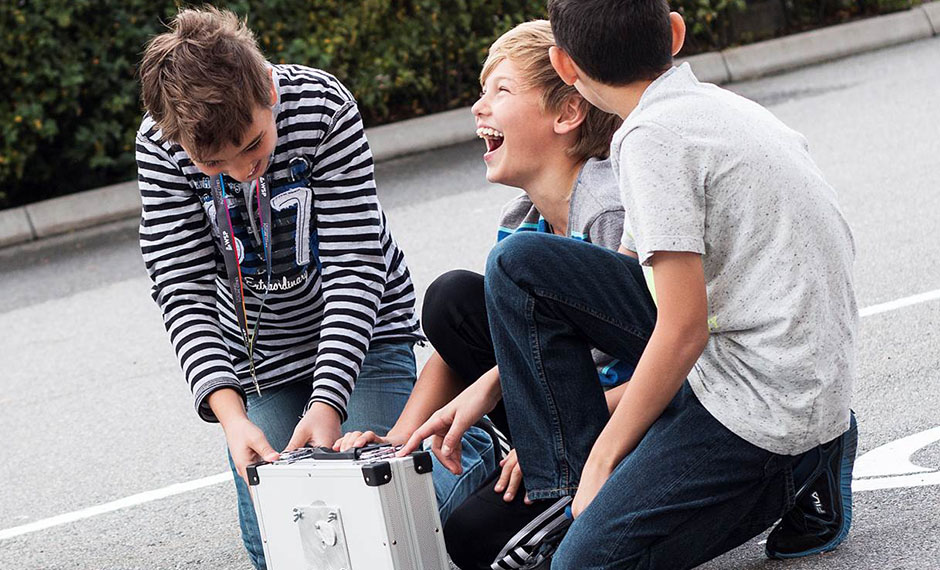Children and young people are our future policy makers, journalists, teachers, consumers and scientists. What do they think and know about research today?

Knowledge rocks! But ”science” might be perceived as negative by young people. This is shown in an extensive study of the attitudes of children and teenagers to knowledge, research and researchers conducted by VA in 2007. The study consists of analysis of data collected from VA’s annual attitude surveys 2002–2007 (2007:4), in-depth interviews with children age 10–12 and teenagers 16–17 (2007:5), a preliminary study of how researchers are depicted in media targeting young people (2007:6), an analysis of evaluations of activities to stimulate interest among young people in science and technology (2007:7), and an integrated, broad overview of literature. (All of these reports only available in Swedish.)
All aspects of the study are summarised in English in: Knowledge Rocks! Summary of a youth study by VA
Children’s drawings depicting scientists can give substantial information about their attitudes towards research as well as what they believe research is and what it is like working as a researcher. In connection with the Swedish Researchers’ Night events in 2007 and 2017, a drawing competition was run. The task was to draw oneself as a researcher. Thousands of children aged 6-12 years participated in the two competitions and a number of entries were analysed by researchers. The results of the 2007 analysis are presented in the report: Myself as a researcher – an analysis of children’s images of scientists. The report on the 2017 competition is published in Swedish only. The main results from the 2017 competition show that:
- regardless of scientific field, many drawings show a desire to solve problems and turn the world into a better place to live,
- the natural sciences (e.g. chemistry, medicine, astronomy) dominate among the scientific fields depicted in the drawings,
- archaeology is the most popular research area from the humanities. Other research areas from the humanities and social sciences include feminism and gender studies, history and philosophy,
- the laboratory is the most common setting for the research in the drawings,
- most children draw themselves as working alone.
